Sainte-Marie among the Hurons
In Midland there is the museum village of Sainte-Marie among the Hurons, which vividly shows the life of the Iroquois Indians and Jesuits at the beginning of the settlement of Ontario. It had long been on our wish list of travel destinations. Firstly because we are very interested in the Indian culture and the colonial history of Canada. Secondly because the region around Lake Huron was unknown to us until then. So a few years ago we set out on a tour around the eastern part of the lake. In Sainte-Marie among the Hurons, just outside of Midland, a Jesuit mission village has been faithfully reconstructed. This gives a very good insight into the life of the French missionaries on the edge of the wilderness. It also shows how coexistence with the Indians on the south shore of Georgian Bay once worked.
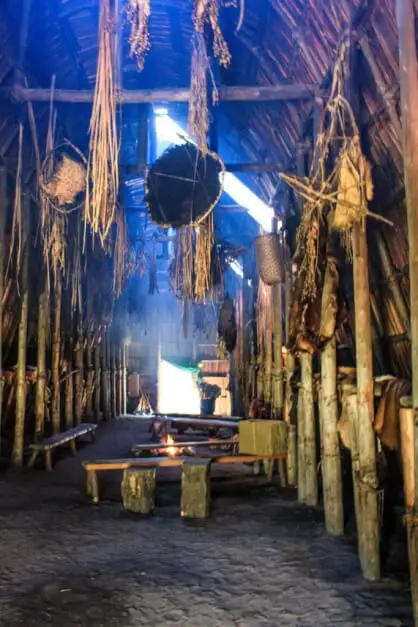
The Indian tribe of Huron Wendat in Ontario
The Huron Wendat Indian tribe once lived in the region of what is now Midland. They refer to their homeland as Wendake, "the land that is different from others." The Huron Wendat lived mainly from agriculture and trade. In the 17th century, Jesuit missionaries finally arrived in this region on the south shore of Lake Huron. Women played a major role among the Hurons. The tribe was organized matrilineally. This means that the family affiliation of children ran through the mother's line. Men always married into the family of the woman. This meant that if they married, they left their own family.
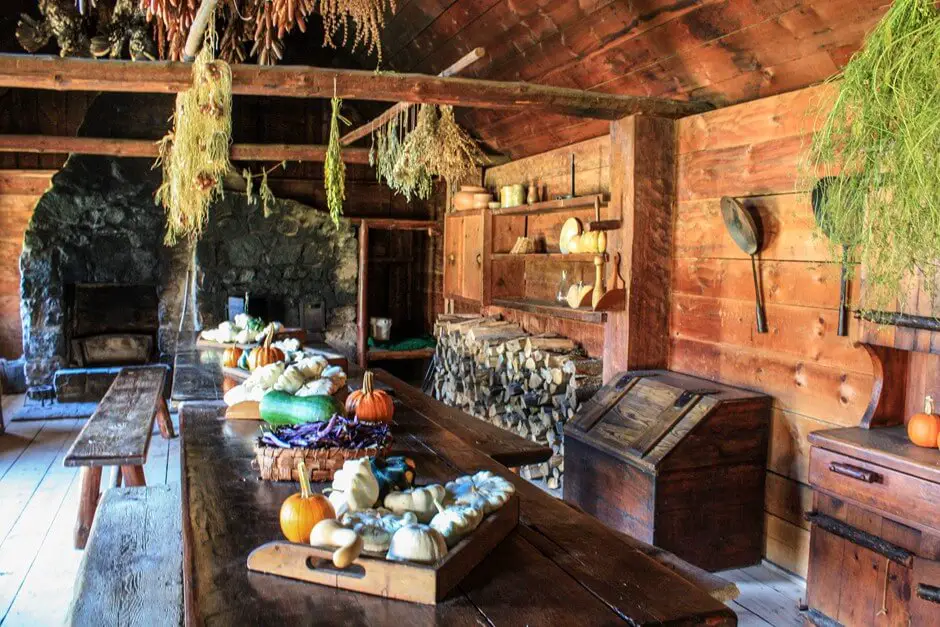
The Jesuits in Sainte-Marie among the Hurons, Ontario
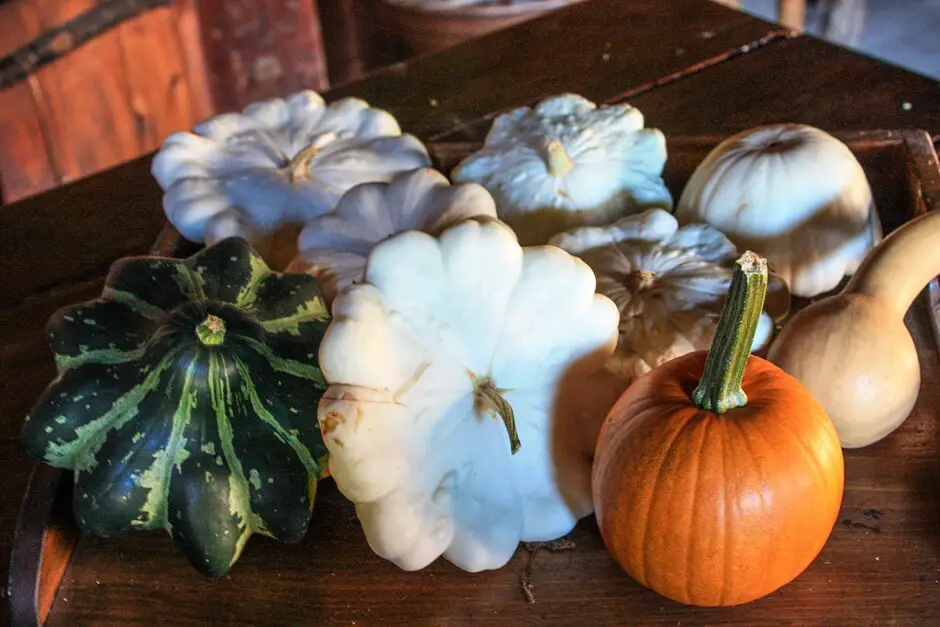
The Jesuits in the Indian country
The Jesuits finally dared to embark on their adventure 1200 kilometers from New France's capital Quebec. They built a stockade village in the middle of Indian land. For ten years they converted the Huron Wendat to the Christian faith. At the same time they lived with them in a community that was able to provide for itself. Hunting, fishing and the cultivation of agricultural products provided the things necessary for survival. A remarkable achievement considering the distance from the other European settlements in New France.
From 1649 attacks of other Iroquois tribes, however, increased more and more. Eventually, the Jesuits and their followers among the Hurons were forced to give up their settlement. After ten years of successful coexistence, they burned down their village. Instead, they tried to re-establish their community on St. Joseph Island. However, without success, the aggression of the Iroquois did not diminish. Afterward, the missionaries and their Native American followers retreated to the region around Quebec. The Wendake first lived on the island of Ile d'Orleans at the gates of Quebec. Even there, however, the Iroquois did not leave them alone. They then founded Loretteville or Wendake north of Quebec, where they still live today.
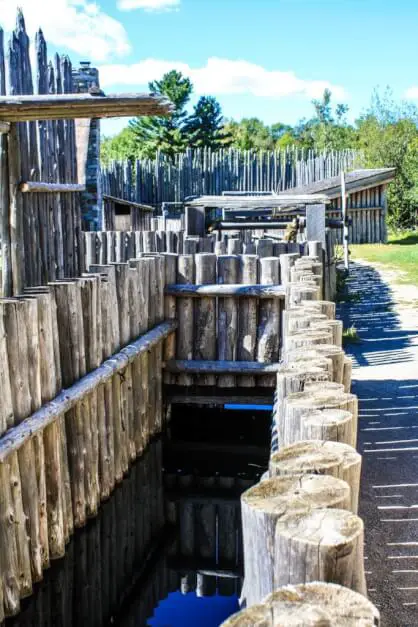
Why visit the Sainte-Marie Museum among the Hurons?
We spent almost a whole day in the museum village Sainte-Marie among the Hurons. The museum village convinced us with its authentic reconstruction of life in 17. Century. Even herbs grown in the garden hang on the ceiling in the kitchen. Pumpkins, beans, and corn from the flower beds in the village garden still make visitors' mouth water. These once tasted excellent with the chickens and pigs that were bred there.
The missionaries and their Indian friends did not have to do without anything. If it had not been for the constant threat of the hostile neighbors among the Iroquois tribes, they would have lived a wonderful life. However, one senses the fear of the attacks that prevailed among the inhabitants of the village. I can well understand how hard the life of missionaries and their Native American converts must have been.
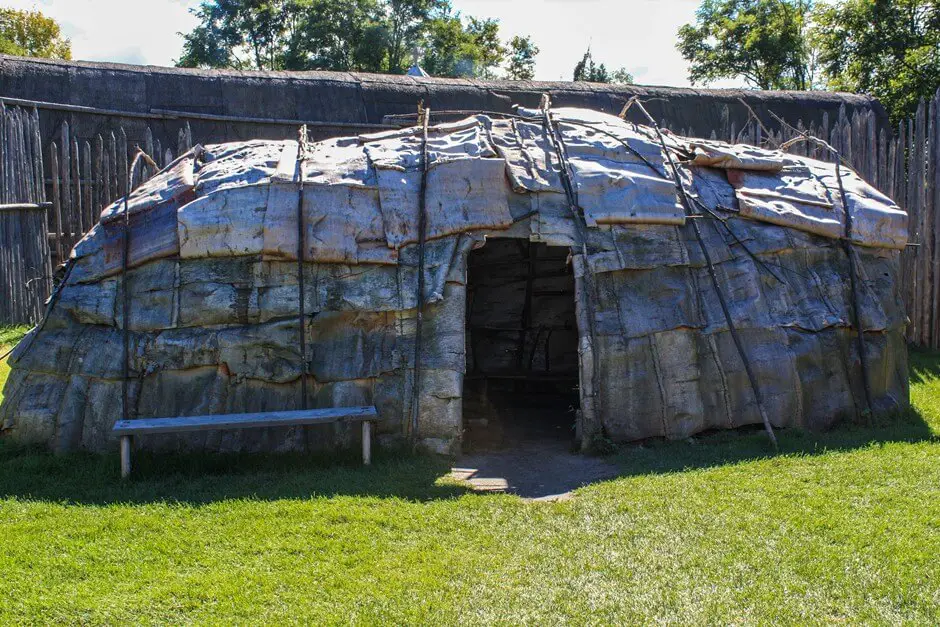
Conclusion: A fascinating insight into Sainte-Marie among the Hurons
Sainte-Marie among the Hurons is much more than just a historical site - it is a journey back to the 17th century, when Jesuits and Hurons tried to live together, despite all the cultural differences and challenges. As you walk through the faithfully reconstructed mission settlement, you get a sense of what daily life was like back then - from the simple wooden house of the missionaries to the impressive palisades that offered protection from attacks.
What is particularly exciting is how history comes to life here: fires crackle in the huts, actors in historical costumes tell of the encounters between the Europeans and the indigenous people, and you can experience first-hand how crafts and agriculture worked in those days. This unique mix of historical reconstruction and interactive experiences makes Sainte-Marie among the Hurons an absolute must for anyone interested in Canada's early history.
More information about cycling in the Leipzig Region as well as more interesting routes:
FAQs
What is Sainte-Marie among the Hurons and why is it historically significant?
Sainte-Marie among the Hurons was the first European settlement in Ontario and served as a Jesuit mission in the 17th century. Here they lived alongside the Hurons, an indigenous people who had lived in the region for centuries. The missionaries wanted to spread Christianity, but encountered great challenges - not only because of cultural differences, but also because of conflicts with hostile tribes and diseases brought by the Europeans. Today, Sainte-Marie among the Hurons is a detailed reconstruction of the former settlement, offering you a fascinating insight into life at that time.
Where is Sainte-Marie among the Hurons and how do I get there?
The historic site is located in Midland, Ontario, right on the southern shore of Georgian Bay. It's about a two-hour drive from Toronto - a perfect opportunity for an exciting day trip. Alternatively, you can travel by bus or as part of a guided tour. The location right on Highway 12 makes getting there particularly easy. If you're traveling with a motorhome, there are several campgrounds in the area that are great starting points for your exploration.
What can I experience in Sainte-Marie among the Hurons?
Here you can experience history up close! On a tour of the reconstructed buildings you will discover residential buildings, a church, workshops and even a palisade that once protected the mission from attacks. The live demonstrations are particularly exciting: historical actors show you how blacksmiths worked back then, how traditional dishes were prepared or which goods were exchanged between the Jesuits and the Hurons. On some days there are also interactive programs where you can get involved yourself - whether it's making fire, weaving or even archery.
When is the best time to visit Sainte-Marie among the Hurons?
It all depends on what you want to experience! The site is at its liveliest during the summer months, when most of the performances and events take place. Thanksgiving time in October is particularly impressive, with traditional food and music. In winter, however, you can enjoy a completely different atmosphere when Sainte-Marie among the Hurons is covered in snow and you feel like you are in a scene from a historical novel.
Is Sainte-Marie among the Hurons also worth a visit for families with children?
Absolutely! It's a great opportunity for children to not just hear history, but to really experience it. The interactive programs, the exciting stories and the opportunity to try out old crafts for themselves make the visit exciting for young explorers too. There is also a small café and a visitor center with family-friendly offers on site. If you are traveling with your children, it is best to plan a few hours so that you have enough time to explore everything at your leisure.
Travel Arrangements:
Parking at the airport
Here you can reserve your parking space at the airport.
Arrival:
Compare and book flights here*. (Advertisement) Air Canada, Lufthansa, Condor and Icelandair fly from Germany to Toronto.
Car Rentals:
Cheap car hire - book quickly and easily!
Hotels:
For a visit to Sainte-Marie among the Hurons one sleeps best in Midland and surroundings *, Finally, you can book hotels and motels online by clicking on the link.
If you book via a link marked *, we receive a commission, which we use to run this blog.
Do you know this?
- Upper Canada Village, Ontario, Canada
- Ottawa Winterlude
- Ottawa Winterlude hotels
- The best photos of Indian Summer in the US and Canada
- Art close up in Tofino on Vancouver Island
- Canada in the fall
- Navajo Fry Bread – Easy Food Cooking – Indian Bread
- American Lifestyle: What is it?
Source: own research on site (we financed this trip ourselves)
Text: © Copyright Monika Fuchs and TravelWorldOnline
Photos: © Copyright Monika Fuchs and TravelWorldOnline
Video: © Copyright Petar Fuchs and TravelWorldOnline
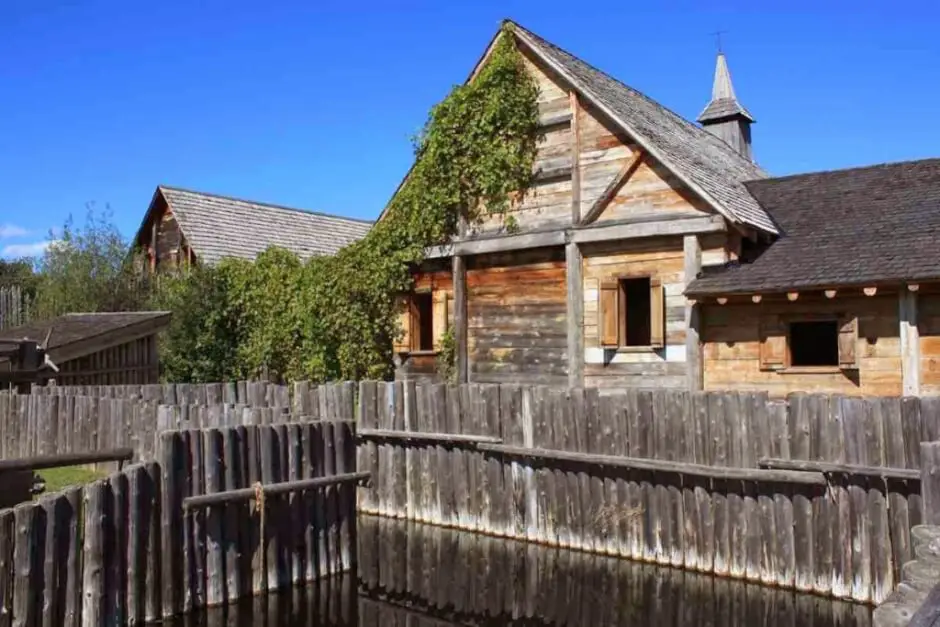
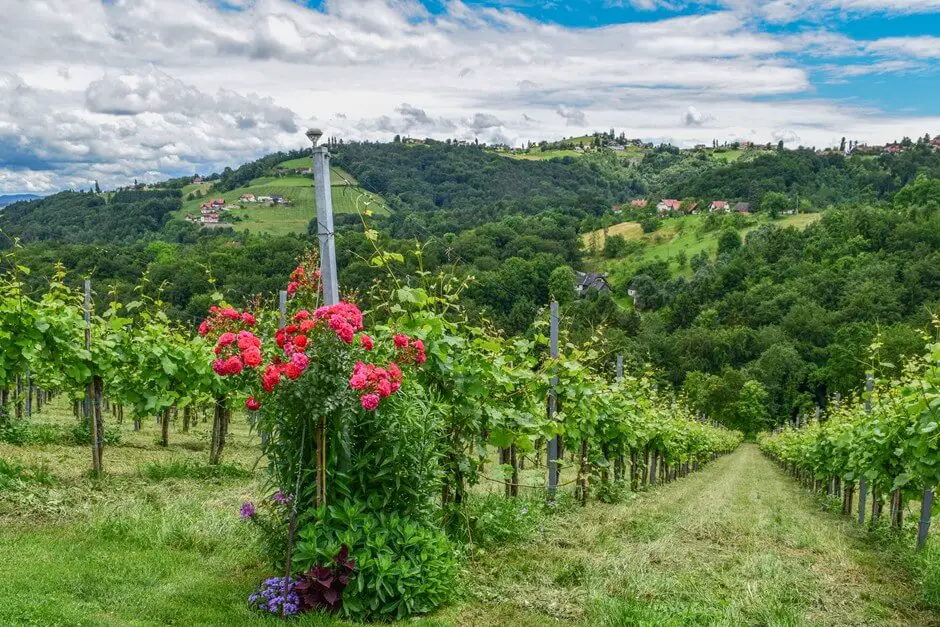
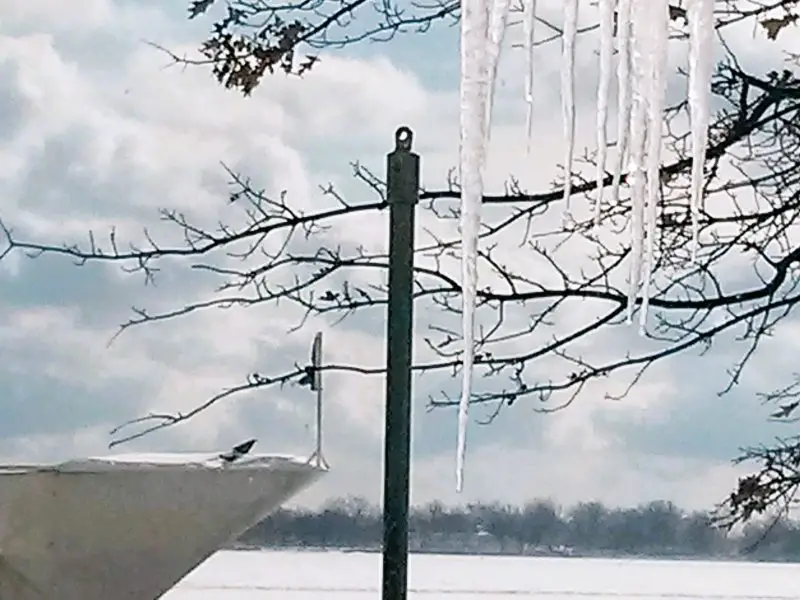
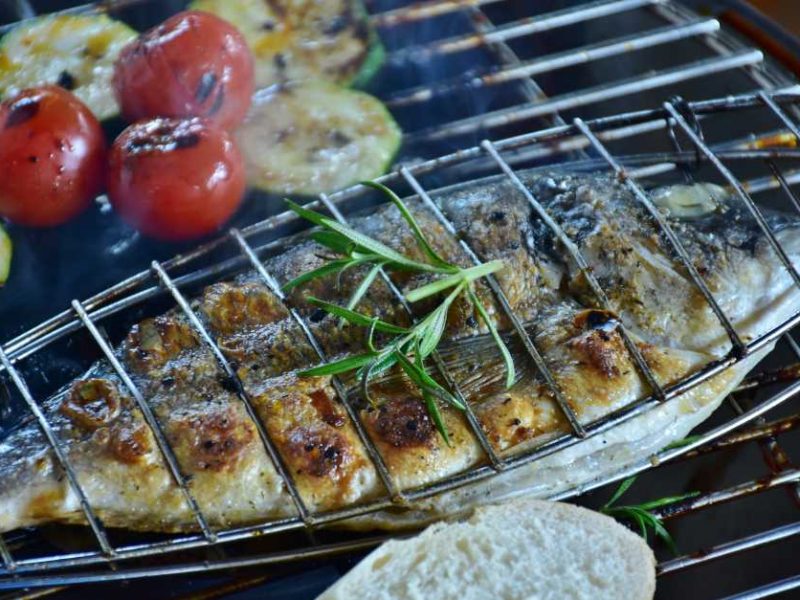
I also got to know the matriarchal family form of the First Nations during our visits to the west coast of CAND. It is very interesting to talk to the modern First Nations about how they understand family. It's still more about extended families, clans. I find that very fascinating.
That's right, Sabine. For the Iroquois, the women were in charge. Their social structure even had an influence on European societies. A short overview gives it in this article.
We are basically not a big fan of museum “villages”, but your report sounds very interesting!
Canadian museum villages are "Living History Museums", in which history comes to life. That is exactly what we like there. There are no lectures and no showcases, but you can immerse yourself in times past.